Why Your Body Is Craving Spring Veggies (And How to Listen)
You know that feeling? Sometime after the winter holidays, a switch flips. It’s more than just the days getting a little longer. It’s a physical craving. The heavy, cozy meals that got us through the cold months suddenly feel… well, heavy. All at once, our bodies start asking for things that are crisp, bright, and full of life. This isn’t just you being tired of stew; it’s a deep-seated, biological nudge telling you that the seasons are changing.
In this article
For years, I’ve helped people tune into this shift. We move away from the stored energy of winter’s root vegetables and embrace the vibrant new growth pushing up from the soil. The foods that pop up in spring are tailor-made for what our bodies need right now. They help kickstart our natural cleansing systems, top up our vitamin stores, and give us a lighter kind of energy that just feels right.
So, this isn’t going to be just another list of “superfoods.” This is the good stuff I’ve picked up from working with local farmers and spending countless hours in my own kitchen. We’ll dig into why these foods work, how to pick the absolute best ones at the market, and how to prep them so you don’t lose all their benefits. Let’s get into it.
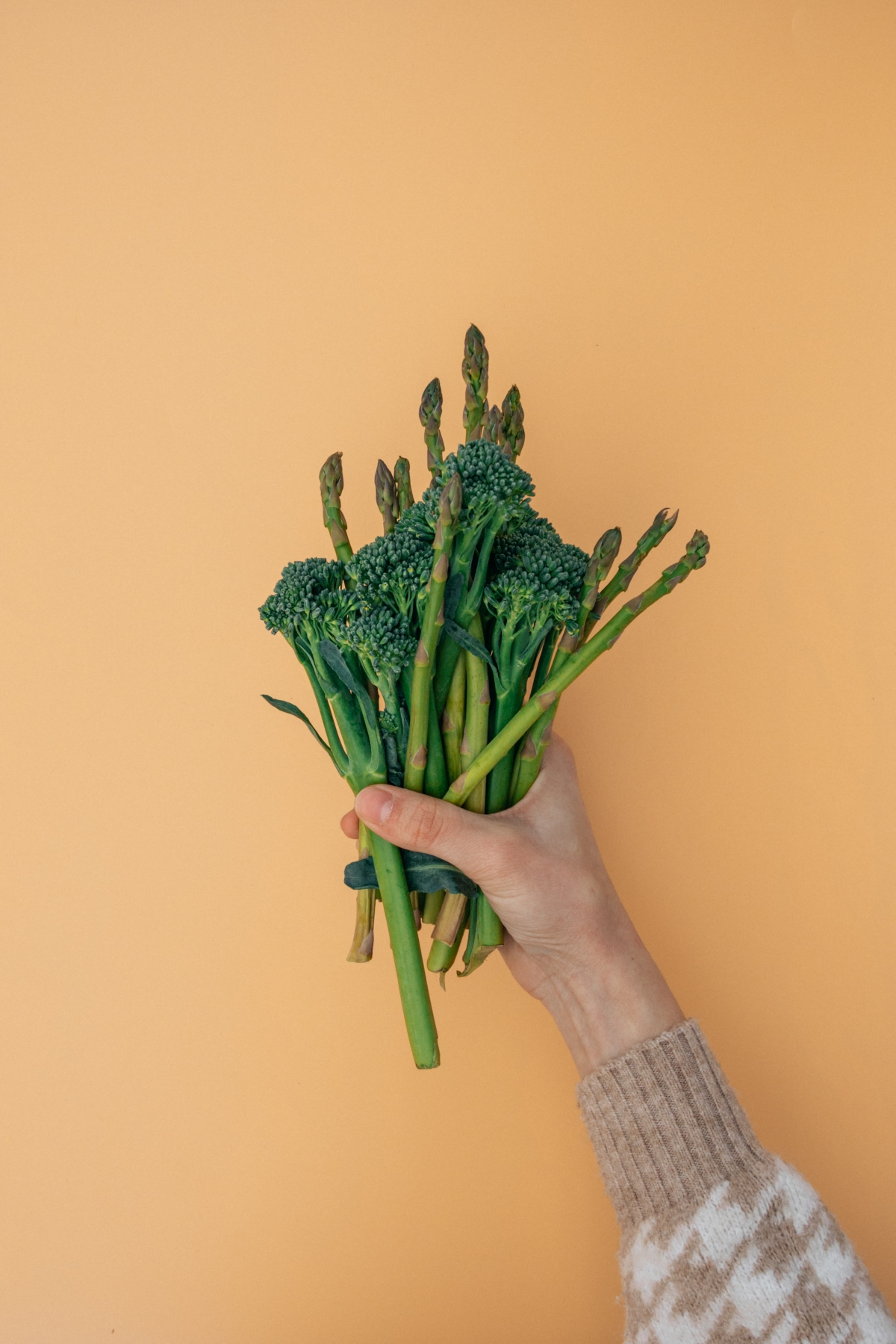
So, What’s Actually Going On in Our Bodies?
Seasonal eating might sound like a quaint, old-fashioned idea, but honestly, it’s just plain smart and backed by science. Our bodies run on internal clocks that are synced up with light and temperature. In winter, our metabolism naturally slows down a bit, and we lean on denser, fattier foods for warmth and sustained energy.
But as spring rolls in, things start to change. More daylight can give our mood and energy a nice boost by increasing serotonin. At the same time, our bodies get to work clearing out the metabolic clutter from winter. This is where the word “detox” gets thrown around a lot, but forget the harsh juice cleanses. We’re talking about giving your body the right tools—specifically for your liver and kidneys—to do the job they’re already designed for.
Spring veggies are packed with the exact compounds needed for this. For instance, many spring greens and their relatives, like radishes, contain special sulfur compounds. Think of these as the cleanup crew for your liver; they help neutralize and show unwanted stuff the door. And those gorgeous, vibrant colors? The deep red of a beet or a fresh strawberry? Those pigments are powerful antioxidants that protect our cells from stress. When you see it this way, a trip to the farmers’ market feels less like grocery shopping and more like stocking up your body’s personal toolkit for the season.
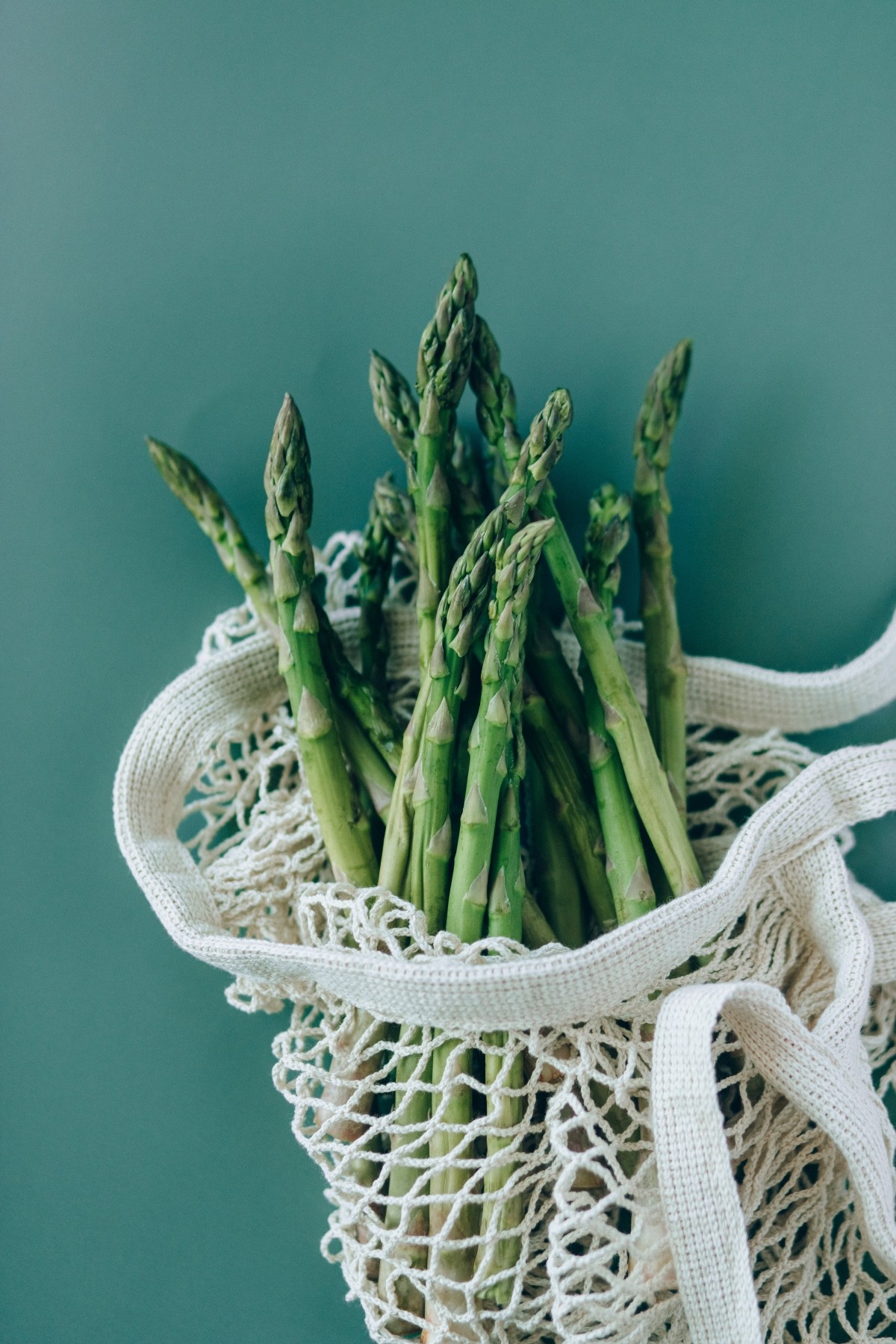
Your Guide to Spring Produce All-Stars
Let’s get practical. Here are some of the key players of the spring season and exactly what you need to know to get the most out of them.
Asparagus: The OG Spring Vegetable
When you see fresh, local asparagus, you know winter is officially over. It’s a nutritional giant, but there’s a huge difference between the good stuff and the sad, limp stalks you sometimes find.
How to Pick a Winner: Ignore the thickness. I’ve had incredible pencil-thin asparagus and amazing thick spears. The real secret is in the tips. You want them to be tightly closed and compact, with a deep green or even purplish color. If the tips are starting to spread out and look feathery, that’s old asparagus. The stalks should feel firm and plump. Give the bunch a gentle squeeze; it should feel solid, not rubbery. A really fresh stalk will have a clean, satisfying snap when you bend it.
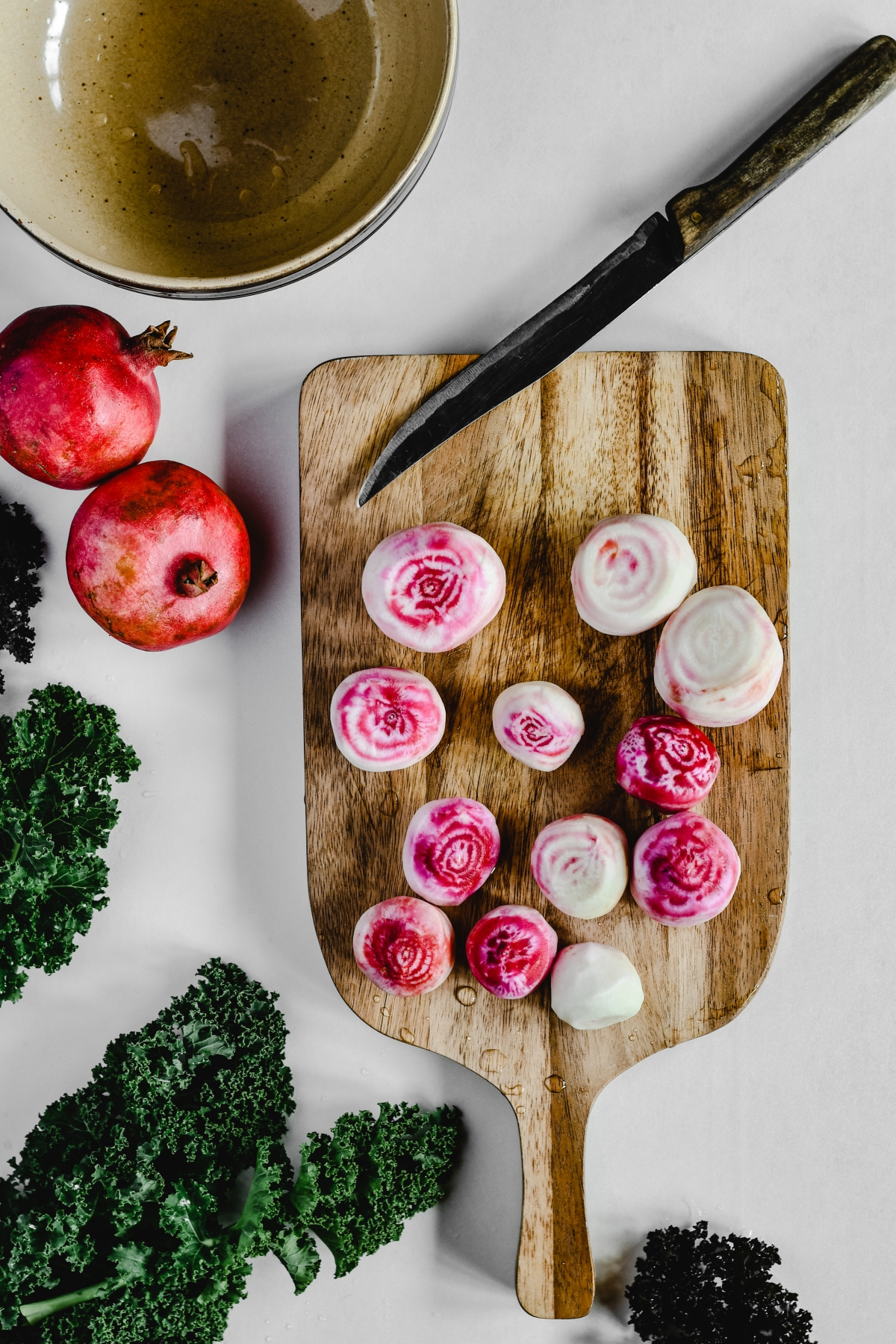
Prep Tip from the Pros: A lot of people snap the ends off their asparagus, but you end up wasting so much of the good stalk! A chef I used to work with showed me a much better way. Just look for the natural point where the tender green stalk starts to fade into a tougher, paler, more woody white. Take a knife and slice the whole bunch right at that point. It’s less wasteful and gives you a nice clean cut.
Keep It Fresh: Don’t just toss it in the crisper drawer, or it’ll be wilted by tomorrow. Seriously. Treat it like a bouquet of flowers. Trim about a half-inch from the bottoms, stand the spears upright in a glass or jar with an inch of water, and then loosely cover the tops with a plastic bag. Kept in the fridge like this, it’ll stay perfectly crisp for up to a week.
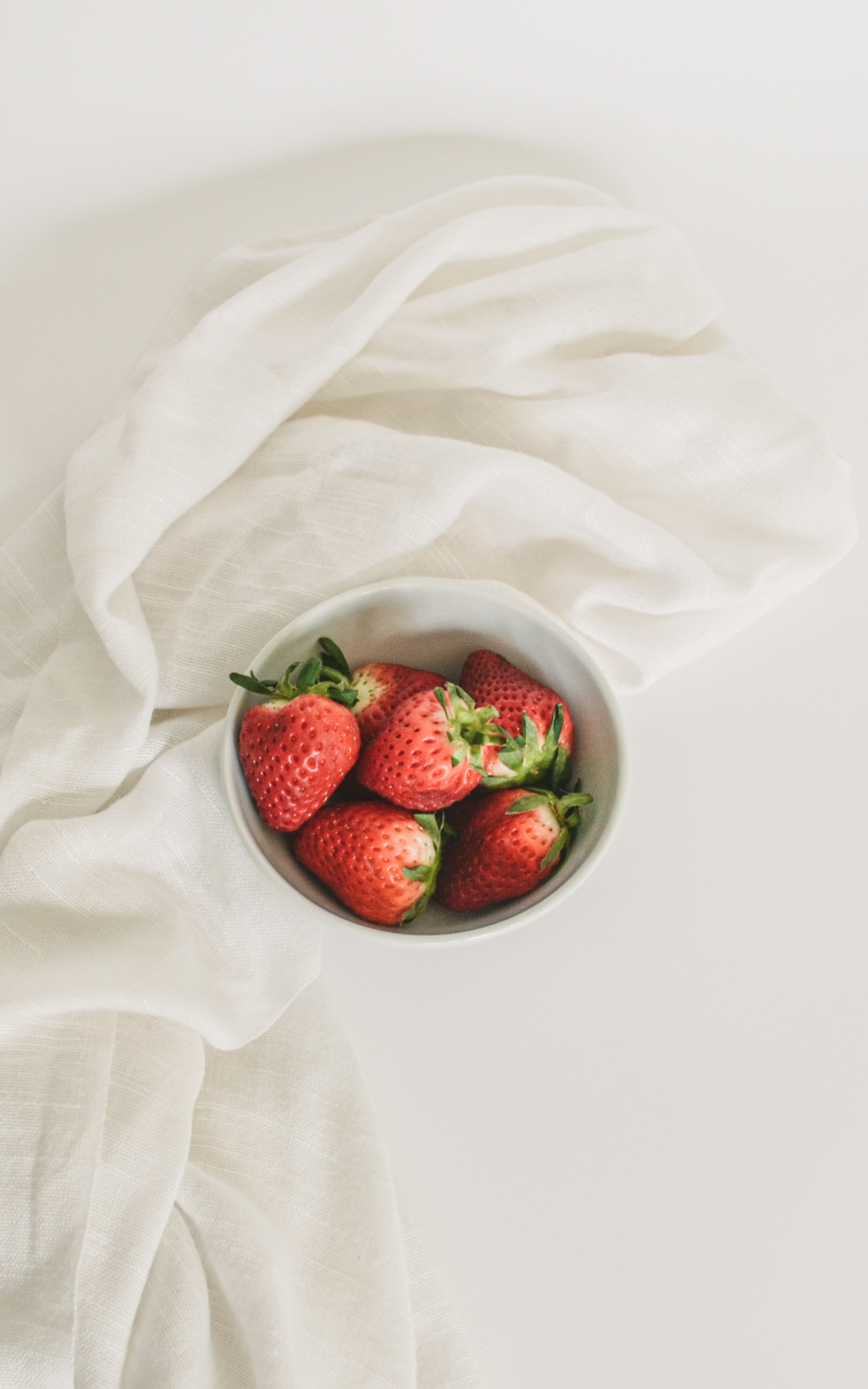
My Go-To 10-Minute Asparagus: In a hurry? Toss your trimmed asparagus spears on a baking sheet with a drizzle of olive oil, a sprinkle of garlic powder, salt, and pepper. Roast at 400°F (200°C) for just 10-12 minutes. A final squeeze of lemon juice before serving makes it perfect.
Radishes: The Peppery Little Powerhouses
Radishes are so much more than a garnish. These little roots are fast-growing, surprisingly nutritious, and way more versatile than you think.
How to Pick ‘Em: You’ll find all sorts at a good market—the classic red globes, milder oblong French Breakfast radishes, and even spicy black ones. No matter the type, look for roots that are firm and smooth, with no cracks. If the leafy greens are still attached, they should look vibrant and green, not yellowed or wilted. That’s your best sign that the radish itself is fresh. And by the way, those leaves are edible and delicious!

Taming the Bite & A Simple Recipe: If you find radishes a bit too sharp, here’s a trick: slice them thin and let them soak in a bowl of ice water for about 20 minutes. They’ll get extra crisp and much milder. But the real game-changer is roasting them. It sounds weird, but they become sweet, juicy, and tender.
Super Simple Roasted Radishes: My favorite method couldn’t be easier. Just toss halved or quartered radishes with olive oil and salt, spread them on a baking sheet, and roast at 400°F (200°C) for about 20-25 minutes, until they’re tender and a little browned. You won’t believe it’s the same vegetable.
Don’t Toss the Tops! Seriously, you paid for them! They taste a bit like peppery spinach. To cook them, just heat a splash of olive oil in a pan, toss in a minced clove of garlic for 30 seconds until it’s fragrant, then add the washed radish greens. Cook for a couple of minutes until they wilt, and finish with a pinch of salt. Bam—a free, nutritious side dish.
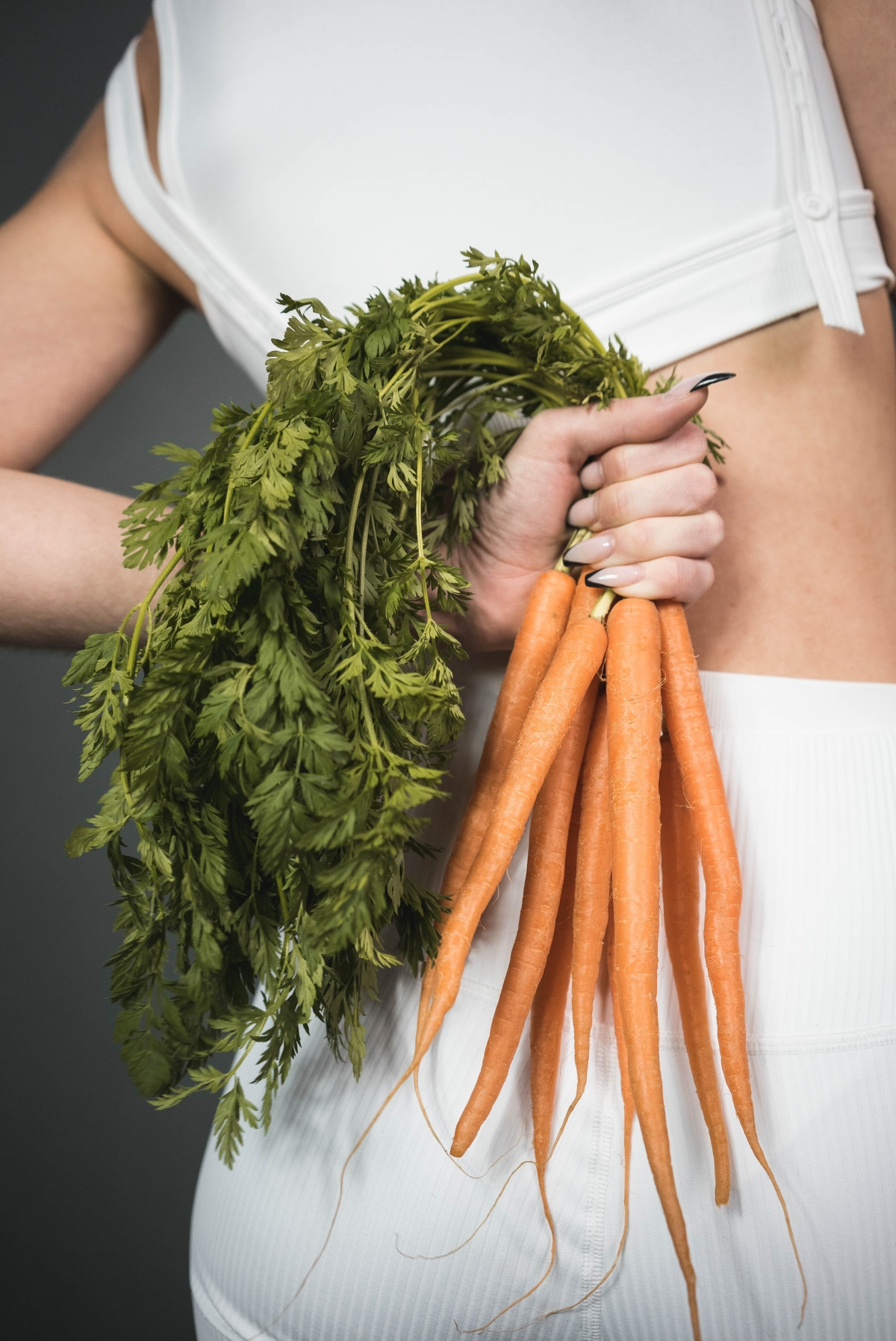
Strawberries: Spring’s Best Candy
Let’s be real: there is absolutely no comparison between a truly in-season, locally grown strawberry and the hard, flavorless imposters you can get from the grocery store in December.
How to Buy Smart: This is one fruit where buying local, and if you can, organic, makes a huge difference. Strawberries consistently appear on reports of produce with higher pesticide residues. That said, don’t let a tight budget stop you.
Budget-Friendly Tip: If organic berries aren’t an option, just give them a better wash. My go-to method is to soak them for a few minutes in a big bowl filled with three parts cool water and one part white vinegar. Then just give them a final rinse. This helps clean them up nicely. When picking a pint, trust your nose! The best berries will smell sweet and fragrant. Look for bright red color all the way to the stem.
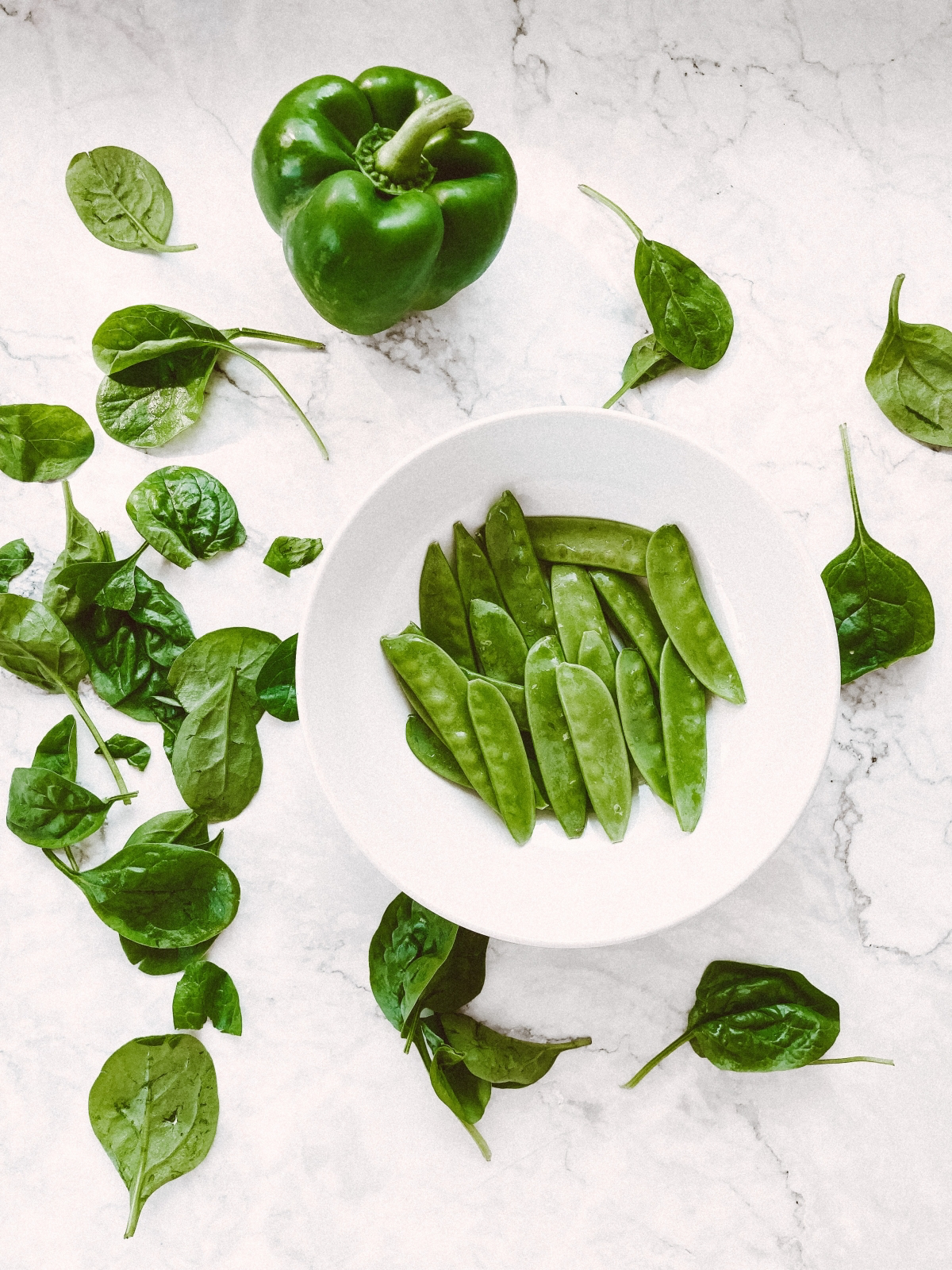
Don’t Stop There! More Spring Favorites to Look For
Once you’ve mastered the basics, keep an eye out for these other seasonal gems:
- Artichokes: They might look intimidating, but they are fantastic for steaming whole and serving with a lemon-butter dip. A true delicacy.
- Spring Peas: Forget frozen. Fresh English peas or sugar snap peas are so sweet you can eat them raw right out of the pod or toss them into salads for a sweet crunch.
- Rhubarb: That tart, red stalk is the perfect companion for sweet strawberries. Stew them together for a classic, delicious compote to put on yogurt or ice cream. Heads up: the leaves are poisonous, so be sure to discard them!
- Green Garlic: This is just young garlic before the cloves have fully formed. It looks like a scallion and has a much milder, fresher garlic flavor. Use it anywhere you’d use regular garlic or scallions.

Where to Find the Best Spring Produce
Your best bet is always going to be a local farmers’ market. You get to talk to the people who actually grew the food, and it’s often picked that very morning. Community Supported Agriculture (CSA) boxes are another amazing way to get a weekly supply of what’s in season. If you’re not sure where to start, websites like LocalHarvest.org have directories that can help you find a market or farm near you.
Okay, your turn! Here’s a little challenge for you this week: find one vegetable on this list you’ve never tried before, cook it up using one of these tips, and see what you think. Food should be an adventure, and spring is the perfect time to start exploring.
Galerie d’inspiration

Your farmers’ market tote is overflowing with vibrant greens and crisp asparagus, but the battle for freshness begins the moment you get home. Delicate spring produce can wilt surprisingly fast. To preserve that just-picked vitality and lock in nutrients, a little storage strategy goes a long way.
- Leafy Greens & Tender Herbs: Don’t wash them yet! Wrap unwashed spinach, arugula, or herbs like cilantro in a slightly damp paper towel, then place them inside a reusable silicone bag or a product like a Vejibag in the crisper drawer.
- Asparagus & Spring Onions: Treat them like a bouquet of flowers. Trim the ends and stand them upright in a jar with an inch of water in the fridge.
- Radishes & Beets: Twist off the leafy green tops before storing (you can cook the beet greens separately!). The roots will stay crisp and firm in the fridge for much longer without the leaves drawing moisture from them.










